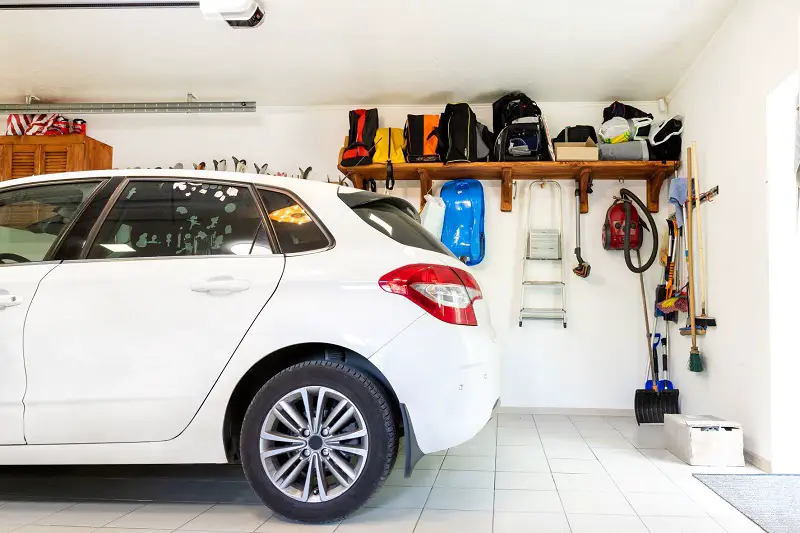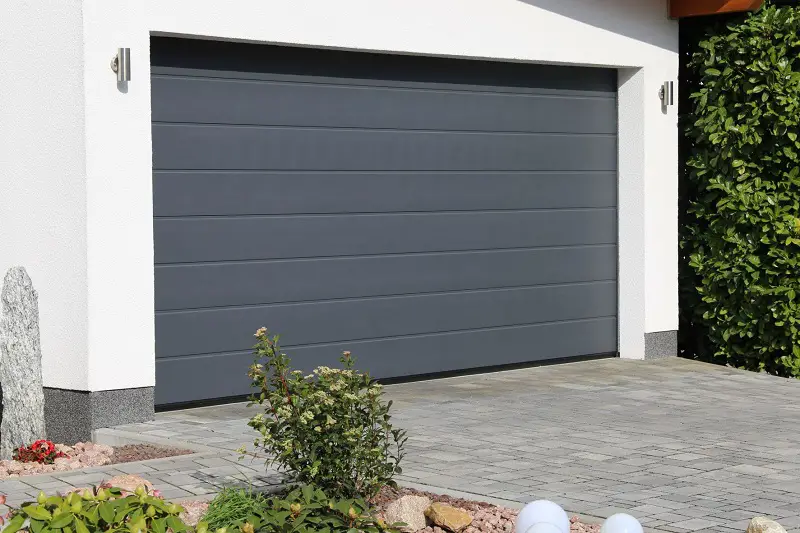As the years progress, fuel prices, food, housing, and other necessities have skyrocketed. To cope with these challenging circumstances, people must adopt other ways to make the most of what they already have.
One of the more critical ways of staying afloat in these times is improving the energy efficiency of your home. The less energy it consumes during a period of time, the more you save on your power bill.
When you think of this, you may immediately jump to revamping your kitchen, bathroom, or living area to make them more efficient. But did you know that your garage space also affects your household’s energy efficiency?

These are common storage areas for vehicles and other household stuff. They also become energy sinks without proper management. If you want to cut both your carbon footprint and your daily living costs, you should set up an energy-efficient garage. Some companies can help you design your car storage for optimal energy efficiency and security.
In the meantime, here’s how you can get started on making your vehicle storage energy-efficient:
- Close Up Any Gaps In The Garage: Look out for any spaces where the garage floor meets the wall. There may be spots where heat, moisture, or air can leak, reducing the efficiency of your ventilation system. These gaps can also let in pests that can destroy your garage’s power cables as well as all the things you stored. Seal these using caulking or foam sealant for optimal results.
- Inspect The Garage Floor: Check for any cracks on the floor as they can let in cold air into the garage, which causes heaving. Melted snow, ice, and road salt can penetrate the cracks and cause serious structural problems. Close the gaps with caulking, and place garage mats to block cold air from the floor. You can replace it with polyaspartic flooring, a durable option that guards against damage and cracks. You can also opt for an environmentally friendly floor coating with no Volatile Organic Compounds (VOCs).
- Embrace Energy-Conserving Habits: If you regularly use the garage, you should also do your part in making it energy efficient. Switch off lights after leaving the garage and close the doors—both the main and the one that connects the garage to your house. Also, inspect the ducts and ventilation in your garage regularly.
- Cushion The Walls And Ceiling: Insulating the walls and ceiling of the garage is another way to improve its energy efficiency. Depending on your garage type, there are various insulating materials you can choose. These include styrofoam boards, batting, blow-in, and spray foam. Find the kind of insulation that best fits your garage and follow the process for installing it correctly. This will help control the flow of heat throughout the garage, allowing it to maintain a stable temperature.
- Install Solar Panels: Solar energy is an affordable and efficient source of energy. And you can harness it to power some of the basic maintenance systems in your garage, such as heating. You can always install solar panels on the roof of your garage if it isn’t directly joined to your house. Installing solar panels also brings the added benefit of tax incentives. These incentives will be realized on your tax return. You can file a free personal income tax return under most circumstances. Of course, you can always opt to have a tax professional assist you with these matters.
- Organize Your Garage: Since garage spaces are also used as storage areas for things other than your car, they should be kept clean and organized. Storing food items in the garage could attract pests, destroying cables and insulation on the walls and doors. Also, too many things in the garage disrupt airflow, increasing the load on your ventilation. Decluttering the garage space addresses these problems. This will even help you find things you thought you lost or valuables you no longer need that you can sell.
- Upgrade Your Garage Doorframe: You can improve your garage doorframe with aluminum capping, a process that involves covering the surface with aluminum sheets. Doing this creates a barrier between the inside and outside of the garage that’s weather-resistant. The garage will also have a better, low-maintenance finish, unlike wooden doorframes.
- Check Your Garage Windows: Broken or cracked windows create leaks in your garage’s airflow. Replace all broken windows with ones that help you regulate heat and keep weather elements out. Storm windows are particularly recommendable, especially if you live in a climate that gets severe weather conditions from time to time.
- Manage The Appliances In Your Garage: If you use your garage space as a storage area for appliances like refrigerators and freezers, you should think about whether they really need to stay there. If you must have a refrigerator in your garage, make sure it’s well-maintained, doesn’t leak, and passes current energy consumption standards. Make it a point to unplug other appliances when you no longer use them.
- Invest In A New Garage Door Opener: Modern garage door openers come with high-tech features like smartphone control, noise reduction, and automatic low-power standby modes. These may seem pricey upfront, but they can help you save on energy costs in the long run.
- Upgrade Garage Lighting: LED light is currently one of the most popular lighting options for homes. That’s because they tend to be more energy-efficient than fluorescent bulbs. Use them to replace your old lighting and get better illumination at lower energy costs.
- Get Insulation Around Outlets And Light Switches : Check the garage for openings or gaps around electrical outlets and light switches. If you notice any, close them up using sealant or insulating material to block air from outside. Make garage inspections routine to catch these before they start affecting your ventilation.

Conclusion
Transforming or upgrading your garage space into an energy-efficient one is one of the ways to manage the ever-increasing cost of living. These steps aren’t set in stone. Rather, these merely point you in the right direction for making your vehicle storage consume less energy while offering the best possible protection. A few will require significant budgeting to do. Regardless, taking such steps is worth it if you want to save energy in the long run.